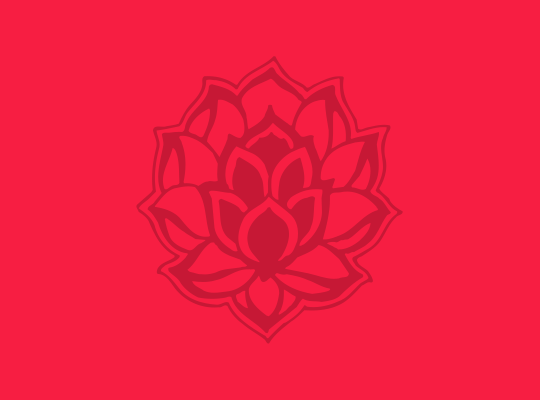Tehran – What a City, What a Welcome!
“I cannot believe how friendly the Iranian people are” is the first comment that I usually hear from my travelers. We have just arrived in Tehran and have spent a couple of days visiting the city’s most important sites, including: the historical Golestan Palace, the Sa’d Abad Museum, the extravagant summer residence of the Shah and the breathtaking jewelry collection in the famous Jewelry Museum. Despite all that beauty, nothing is more fun than a stroll through the colorful Tehran bazaar for a chance to mix and mingle with the local people.
Going “nuts” in Tehran

Forget Hermes when you can shop for Thousands of fabulous scarves in Tehran
Surprisingly, it is the people of Iran who are making an unexpected first impression on the group. Everywhere we go, we are greeted with a smile and curiosity. “Where are you from?”, “You are from America?”, “What do you think of our country?” “Please enjoy your time in our country.”

Everywhere we go, people are happy to chat and pose for a photo
This is not the kind of welcome the group was expecting. As a matter of fact, very little is how one would expect when traveling in Iran!
We are currently staying at the Laleh Hotel in the heart of Tehran; the rooms are comfortable, the staff is friendly and BBC is broadcasted on TV. Nowadays, in the homes of local people, Iranian TV stations are outnumbered by international satellite channels, including: MTV and the latest blockbuster movies.
As we set out on our tour, it immediately becomes evident that this is a modern and progressive city. Although every woman has to wear a headscarf, many of the Tehrani women are dressed in beautiful clothes, high heels and wear impeccable make-up and beautiful jewelry. I-phones are ringing in restaurants and on the streets and local schoolchildren with I-pads in hand are eager to take our photos; equally as fascinated by our presence as we are by theirs.

Everyone is always happy to have their photo taken
Internet access is found everywhere and despite the embargo, many Tehranis have clearly embraced the latest luxuries and technological gadgets from the West.
The group is fortunate to be traveling with our national guide, Ms. Farzaneh who speaks English fluently.

Farzanah, our guide, in a selfie
She has been working with American tourists for many years and happily answers our endless stream of questions as our bus tries to navigate through the famous Tehran traffic jam (men and women do not sit together on a public city bus, most of the time the men will sit in the front and the women in the back).

Lamb kebab for dinner at a Tehran restaurant

Thanking the chefs for a delicious meal in Tehran
Apart from this, we move about relaxed, comfortably and safe – we eat in delicious local restaurants,shop in some fun antique stores, mix with the local people in the teashops and meander through one of the city’s many parks as we would on a trip to any other modern city in the world.

One can spend hours in the local markets… No tourists in sight!

The people of Iran, with their smiling faces have warmed our hearts. Welcome to Iran!
___________
What is the story behind the “hijab”?
In Iran, when out in public, every woman, local or foreign must wear a headscarf or hijab, which literally means “cover”. Although Islam did not become the state religion in Iran until after the Arab invasion in 641 A.D., the history of the hijab in Iran can be traced back to pre-Islamic times and the period of the Zoroastrians. It is theorized that during those days, the women working out in the fields and living in the desert, would wear headscarves simply as a protection from the sun and sand storms.
Two friends in Shiraz
Although Islamic law decrees that all women wear the hijab, in 1934 after visiting Turkey, Reza Shah proclaimed the emancipation of women and with it came the order that no women were from now on, allowed to wear the hijab in public. Most women in Iran were deeply offended by this new law and many of them took to wearing hats in public instead! Once Ayatollah Khomeni came into power in 1979 and soon after the revolution, the order to wear the hijab was re-instated into law and is enforced to this day.





Comments